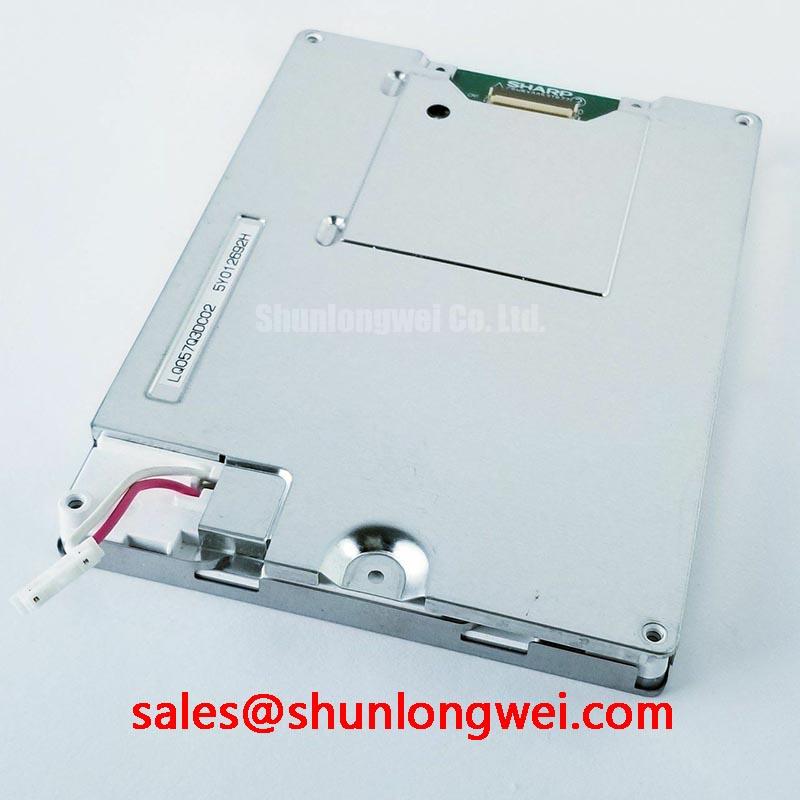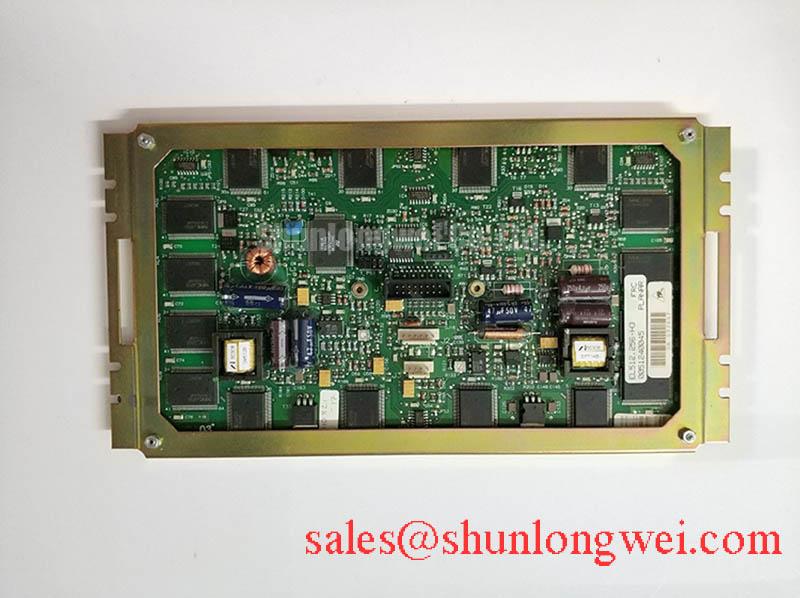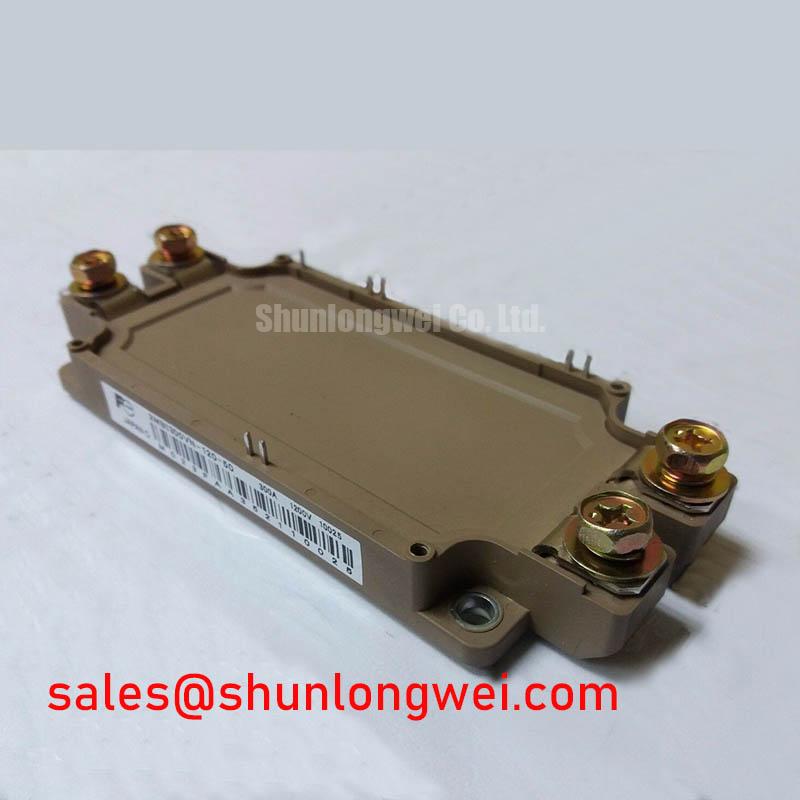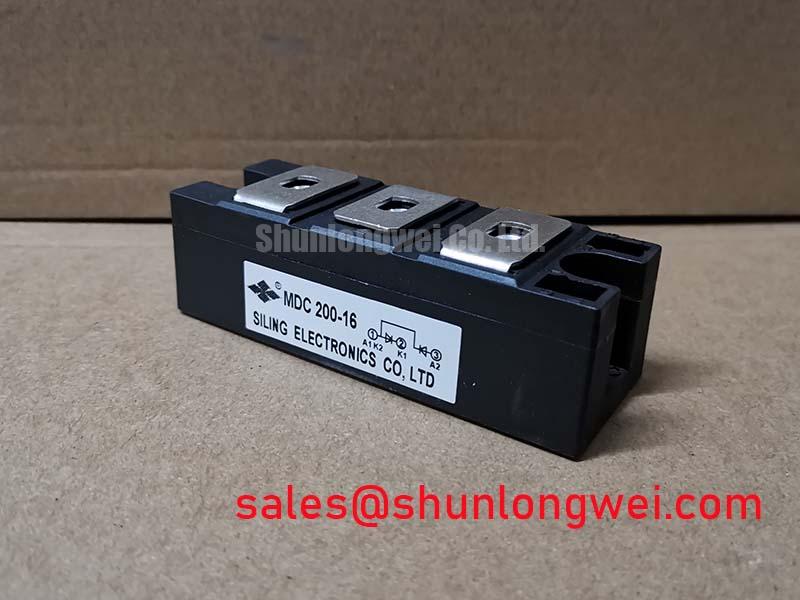2MBI300XHA-120-50: A Fuji Electric 1200V IGBT for High-Frequency Power Conversion
Content last revised on October 13, 2025.
Introduction to a High-Efficiency Switching Solution
The Fuji Electric 2MBI300XHA-120-50 is a 1200V half-bridge IGBT module from the 7th-Generation X-Series, meticulously engineered to reduce total power losses in high-frequency switching applications. It provides a robust core specification of 1200V | 300A | 1.80V typical VCE(sat), delivering tangible benefits through minimized switching losses and enhanced power density. This module directly addresses the engineering challenge of maximizing efficiency in compact power systems by integrating fast-switching IGBTs with low-inductance packaging. For high-frequency Uninterruptible Power Supply (UPS) designs targeting over 98% efficiency, the 2MBI300XHA-120-50's low switching loss is a decisive factor.
Key Parameter Overview
Decoding the Specs for Reduced System Losses
The technical specifications of the 2MBI300XHA-120-50 are tailored for applications where minimizing both static and dynamic power losses is a primary design objective. The combination of a low saturation voltage and fast switching characteristics is central to its performance value.
| Parameter | Symbol | Conditions | Value | Unit |
|---|---|---|---|---|
| Absolute Maximum Ratings (Tc = 25°C unless otherwise specified) | ||||
| Collector-Emitter Voltage | VCES | 1200 | V | |
| Continuous Collector Current @ Tc=125°C | IC | 300 | A | |
| Repetitive Peak Collector Current (1ms) | ICRM | 600 | A | |
| Continuous Gate-Emitter Voltage | VGES | ±20 | V | |
| Maximum Operating Junction Temperature | Tvj op max | 175 | °C | |
| Electrical Characteristics (Tvj = 25°C unless otherwise specified) | ||||
| Collector-Emitter Saturation Voltage (Typ.) | VCE(sat) | Ic=300A, Vge=15V | 1.80 | V |
| Collector-Emitter Saturation Voltage (Max.) | VCE(sat) | Ic=300A, Vge=15V, Tvj=175°C | 2.30 | V |
| Turn-on Switching Loss (Typ.) | Eon | Vcc=600V, Ic=300A | 44 | mJ |
| Turn-off Switching Loss (Typ.) | Eoff | Vcc=600V, Ic=300A | 48 | mJ |
| FWD Forward Voltage (Typ.) | VF | Ie=300A, Vge=0V | 1.65 | V |
| Thermal & Mechanical Characteristics | ||||
| Thermal Resistance (Junction-to-Case, per IGBT) | Rth(j-c) | 0.088 | K/W | |
| Internal Stray Inductance | Ls | 10 | nH | |
This table presents typical values for engineering reference. For guaranteed maximum ratings and detailed operational curves, please download the 2MBI300XHA-120-50 datasheet for detailed specifications and performance curves.
Application Scenarios & Value
Achieving System-Level Benefits in High-Frequency Power Conversion
The 2MBI300XHA-120-50 is ideally suited for high-frequency applications where overall system efficiency and power density are critical performance indicators. Its design provides tangible benefits in industrial machinery and power infrastructure.
- Uninterruptible Power Supply (UPS): In modern data centers and industrial UPS systems, high efficiency is paramount to reducing operating costs and cooling requirements. The module's low total Switching Loss (Eon and Eoff) allows designers to increase the switching frequency. This enables the use of smaller, lighter magnetic components, leading to a more compact and cost-effective final system.
- High-Frequency Welding: Precision and speed are key in industrial welding power supplies. The fast switching times of the 2MBI300XHA-120-50 facilitate superior control over the welding arc, resulting in higher quality welds. The low VCE(sat) minimizes heat dissipation within the welder's power stage, enhancing its durability and reliability in harsh industrial environments.
- Solar Inverters & Power Conditioners: Maximizing the energy harvested from photovoltaic arrays requires inverters with minimal power loss. The low conduction and switching losses of this IGBT module directly contribute to a higher conversion efficiency, increasing the overall energy yield of the solar installation.
While the 300A rating of this module is substantial, for systems requiring even greater power throughput in a similar package, the 2MBI600XHA120-50 offers double the current handling capacity with the same 1200V rating.
Frequently Asked Questions (FAQ)
How does the low internal stray inductance of the 2MBI300XHA-120-50 benefit the gate drive circuit design?
The specified 10 nH of internal stray inductance is exceptionally low for a module of this power rating. This characteristic significantly reduces voltage overshoot during the fast turn-off of the IGBT. For a design engineer, this means less stress on the device, a reduced need for complex and lossy snubber circuits, and a cleaner switching waveform, which can help simplify EMI filter design.
What is the impact of the 2.30V maximum VCE(sat) at 175°C on thermal management?
The collector-emitter saturation voltage, or VCE(sat), is analogous to the resistance of a closed switch. A lower value means less energy is wasted as heat during conduction. The 2.30V maximum rating under worst-case temperature conditions is a critical parameter for thermal design. It allows engineers to accurately calculate maximum conduction losses (P_loss = VCE(sat) * Ic) and select an appropriately sized heatsink to ensure the junction temperature remains within the safe operating area, even under full load.
Is a negative gate voltage recommended for turning off the 2MBI300XHA-120-50 in high dV/dt environments?
Yes, for applications with high switching speeds and potential for high dV/dt, applying a negative gate voltage (typically -8V to -15V) during the off-state is a best practice. This provides a greater margin against parasitic turn-on caused by Miller capacitance (Cgc), enhancing the system's noise immunity and preventing potential shoot-through events in the half-bridge configuration. Please refer to the official Fuji Electric application manuals for detailed gate drive recommendations.
Technical Deep Dive
Synergy of Chip Technology and Packaging for Speed
The performance of the 2MBI300XHA-120-50 stems from a combination of Fuji Electric's 7th-generation X-Series IGBT chip technology and an advanced low-inductance package design. The chip itself is optimized for a rapid turn-on and turn-off, reducing the time the device spends in the high-dissipation linear region. However, at these speeds, the physical layout of the module becomes critical. The internal busbars and terminal connections are engineered to minimize parasitic inductance. Think of this inductance as electrical inertia; trying to stop a 300A current flow in nanoseconds can create a massive voltage spike (V = L * di/dt). By minimizing 'L' (inductance), the module inherently suppresses these spikes, ensuring more of the 1200V budget is available for safe operation rather than being consumed by transient overshoots.
Industry Insights & Strategic Advantage
Enabling Next-Generation Efficiency Standards
The push for higher efficiency is a dominant trend across the power electronics industry, driven by both energy costs and environmental regulations. High-power systems like large-scale Uninterruptible Power Supply (UPS) units and industrial motor drives are major consumers of electricity. A seemingly small efficiency gain of 1-2% can translate into significant operational savings and a reduced carbon footprint over the system's lifetime. The 2MBI300XHA-120-50 is an enabling component for designers targeting these higher standards. Its ability to operate efficiently at higher frequencies is fundamental to the architecture of modern Switch-Mode Power Supply (SMPS) and inverter designs that prioritize power density without compromising on performance or reliability. What defines the 2MBI300XHA-120-50's performance? Its high-speed switching capability and low total power loss. How does its design improve reliability? By minimizing internal inductance to reduce voltage overshoot.
For further design support, consult our guides on decoding IGBT datasheets and selecting the right module for your application.
Engineering Support and Datasheet Access
To fully evaluate the 2MBI300XHA-120-50 for your specific design constraints, a thorough review of the official datasheet is essential. It contains detailed performance curves, safe operating area (SOA) charts, and thermal impedance models necessary for accurate simulation and reliable system design. Please contact us for inquiries regarding your application.
















